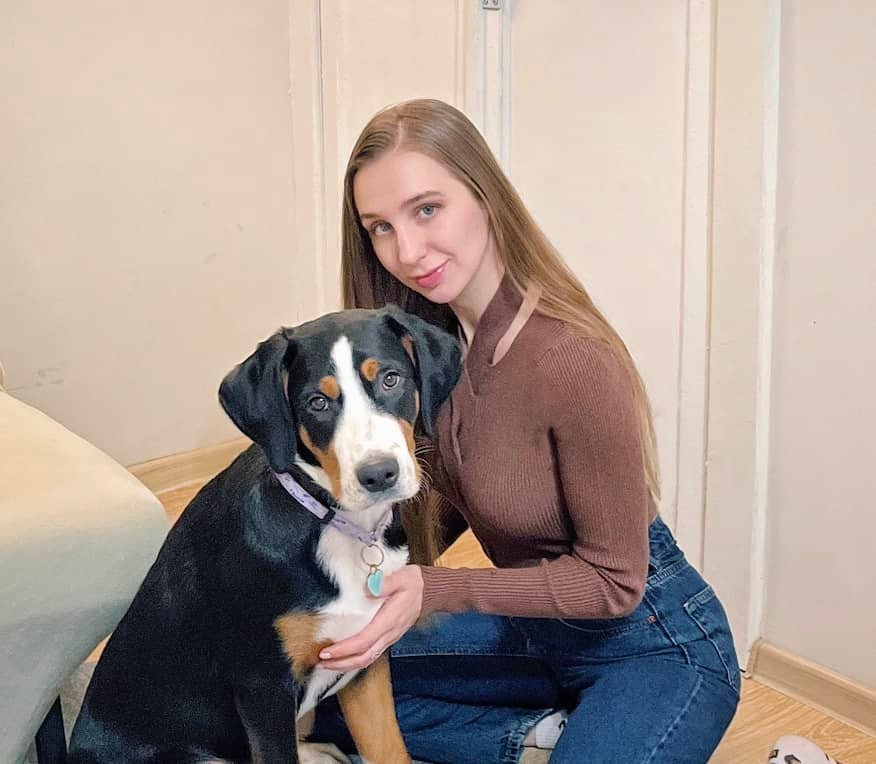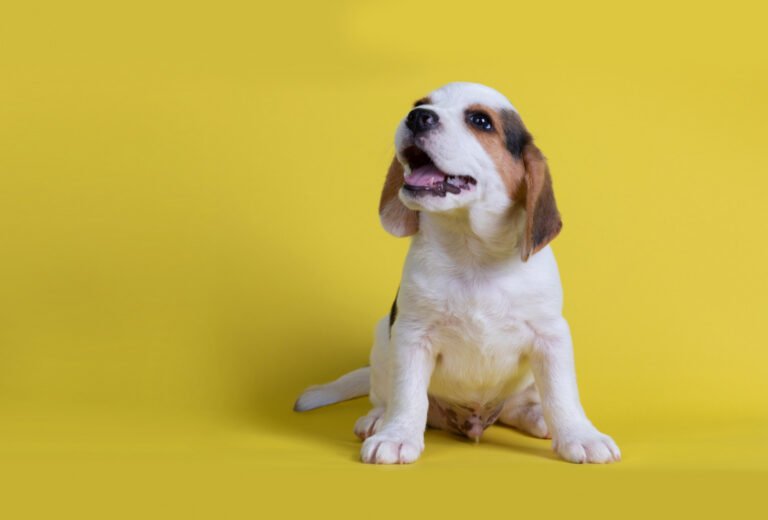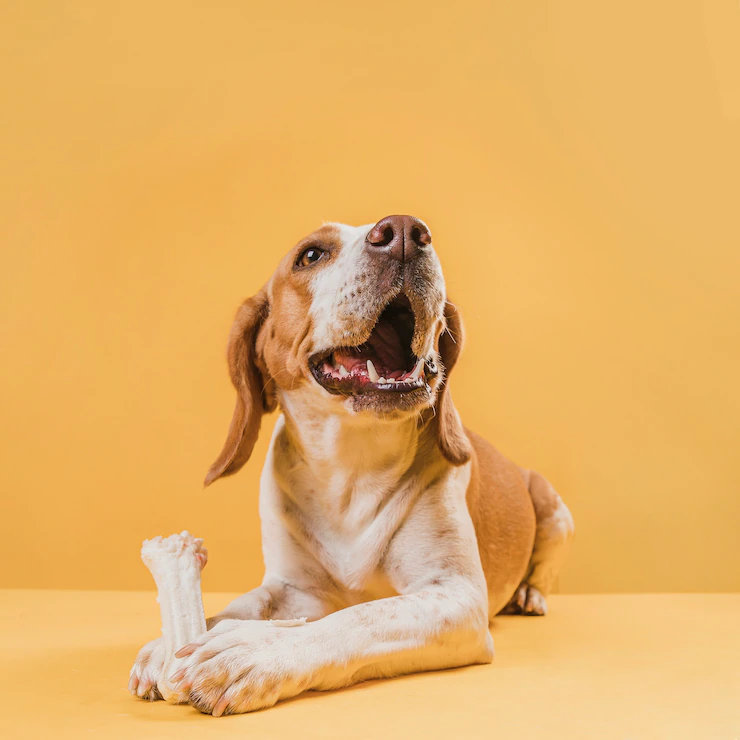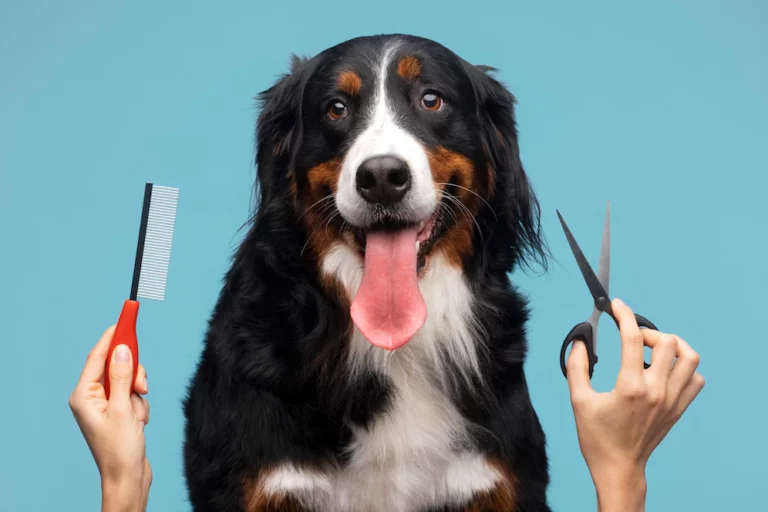Creating a Safe Environment
Scan your home for potential hazards such as exposed wires, electrical outlets, objects that the dog can chew on or swallow, and areas where the dog can get stuck or fall.
If removing or relocating these items is not possible, consider using barriers to block off these areas (playpen sections, childproof locks, stoppers, nets, etc.).
An important aspect is ensuring non-slippery floor surfaces. Dogs have a harder time maintaining balance, and their muscles can become chronically strained. For puppies, slippery surfaces pose a risk of obvious strains, ligament tears, concussions, as well as subtle micro-damage and negative effects on the development of the musculoskeletal system (e.g., joint deformities).
Toilet Areas
Initially, the puppy may have accidents outside the designated potty area or miss the puppy pads, as their body is not yet capable of holding it for long periods. It is crucial not to scold them for this. Place as many puppy pads as possible in the rooms where the puppy stays – you can cover almost the entire floor surface. Later, as they understand where to go and develop better bladder control, you can reduce the number of puppy pads.
Play Area
The play area can be set up in a specific room or a designated section of a room where toys will be kept, and you can interact with the puppy. However, be prepared for the fact that the puppy may carry toys throughout the entire apartment and try to play wherever possible. Show the puppy that playtime is limited to the designated area, and, for example, in the kitchen, you are not encouraging play and will not continue it there.
Rest Area
Choose resting spots where the puppy will have the opportunity to relax peacefully. These spots should not be in high-traffic areas, but the puppy should have a good view to see their family members. Look at your apartment from your puppy’s eye level and consider where they would feel most comfortable.
For a young puppy, it is important to sleep in the same room as the owners. Initially, you can place one of the resting spots near your bed.
Feeding Area
It is important to place the feeding area away from high-traffic areas, where the dog can eat peacefully without distractions. Ensure that the surface in this area is non-slip to provide comfort for the dog. The material of the bowl can vary, but stainless steel is considered the safest option. The size of the bowl is also important. Keep in mind that the water bowl should accommodate approximately the daily water consumption: around 40ml per 1kg of body weight for adult dogs and 2-3 times more for puppies. For the food bowl, you can purchase one suitable for an adult dog, estimating the approximate volume of food your pet will consume when they grow up.
Shopping List
- Food
- Bowls (including a collapsible travel bowl)
- Snuffle mat and lick mat for engaging the puppy in productive activities (such as treat searching and licking) and promoting relaxation
- Dog bed or resting spot, ideally placed in the owners’ resting area to avoid separation during nighttime sleep
- Toys: Kong (or similar sturdy rubber toy), soft toys without small parts, rope toys with different textures to stimulate the puppy’s tactile senses
- Furniture ramp or stairs to protect the musculoskeletal system from injuries
- Childproof locks
- Outlet and wire protectors
- Tick prevention products (consult with a veterinarian)
- Poop bags
- Dog gear: collar, harness, leash, ID tag, ensuring the puppy’s comfort during walks
- Odor-neutralizing and disinfecting products (e.g., Lysol)
- Shampoo and paw wax
- Nail clippers
- Disposable puppy pads
- Comb or brush
- Car seat cover
- Seatbelt harness for safe car travel
- Ensure to adapt the shopping list based on your specific needs and preferences.






